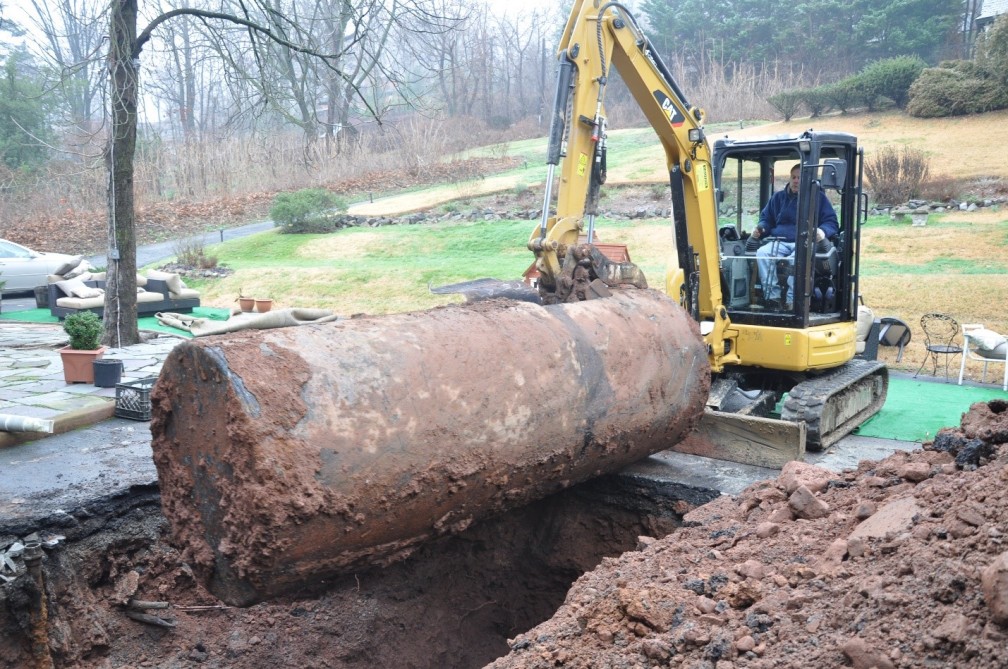
Before

After
Provided by:
Cynthia Corhan-Aitken
Twig & Vine Design, LLC
http://www.twigandvinedesign.com
When the time comes to put your home on the market, there is a certain protocol that takes place. A realtor comes in, walks the house, a price is decided upon and then it begins.
The decluttering phase! Take away family pictures, clear the countertops in the kitchen to make it look bigger, clean the carpet, fix this, repair that. But what about the outside of the house, does that go through the same process? Shouldn’t it be decluttered and cleaned up as well, after all it is the first impression for a prospective buyer.
Since the first impression is the curb appeal, the entry to the front door should be carefully considered. Looking back to when we bought the house we lived in, my first impression was not a good one. When we drove up we could barely see the house for the 2 huge pine trees on either side of the front entry. They covered the house and once inside made the house dark and dreary. In addition, the landscaping in the back of the house as well as the front was overgrown and a bit of a bramble. Luckily for our seller, the inside made up for the neglect of the outside and being a landscape designer and a big gardener, the outside offered a chance to really make a change and put a stamp of my own on a 100 year old house. To make this point though, it turned out someone I know also looked at this house. They were seriously considering it and were ready to make an offer but what held them back was the gardens, they thought it would need too much work and were frightened off by that.
In its overgrown state, it looked overwhelming and daunting.
So…how to landscape for selling success? I am not a realtor nor a sales person of any sort but I do know curb appeal and here is my advice. Stand in front of your house, maybe even look at it from across the street. And look at it, really look at it. Not like someone who has lived in it, has loved it, has emotional ties to it, look at it like someone will look at it with no emotion at all. Now that you have done that, what do you see, what do you really see? Are the front windows blocked by overgrown evergreens that have been there for years. Are the hedges, leggy and spindly and just unattractive. Are the shrubs overgrown, out of shape. Maybe it is time for a good pruning? Maybe it is time to declutter the yard and make the first impression of your house a happy and welcome one. Once the garden “decluttering” has been accomplished think about adding some colorful annuals at the boarder. They will bloom on and on and will continue to keep things looking nice. In addition, consider adding some flowering pots for a finished look.
The only problem, once you are done you might not want to leave.
Have fun!
